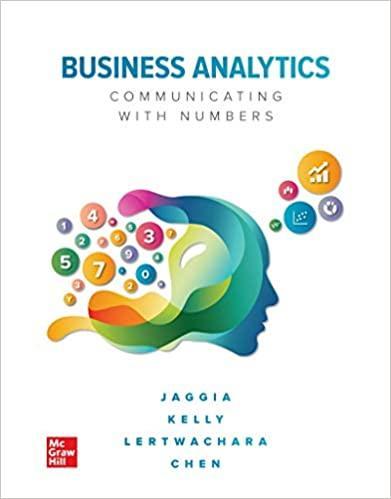More and more parole boards are using risk assessment tools when trying to determine an individuals likelihood
Question:
More and more parole boards are using risk assessment tools when trying to determine an individual’s likelihood of returning to crime (Prison Legal News, February 2, 2016). Most of these models are based on a range of character traits and biographical facts about an individual. Many studies have found that older people are less likely to re-offend than younger ones. In addition, once released on parole, women are not likely to re-offend. A sociologist collects data on 20 individuals who were released on parole two years ago. She notes if the parolee committed another crime over the last two years (Crime equals 1 if crime committed, 0 otherwise), the parolee’s age at the time of release, and the parolee’s sex (Male equals 1 if male, 0 otherwise). The accompanying table shows a portion of the data.

a. Estimate the linear probability model where crime depends on age and the parolee’s sex.
b. Are the results consistent with the claims of other studies with respect to age and the parolee’s sex?
c. Predict the probability of a 25-year-old male parolee committing another crime; repeat the prediction for a 25-year-old female parolee.
Step by Step Answer:

Business Analytics Communicating With Numbers
ISBN: 9781260785005
1st Edition
Authors: Sanjiv Jaggia, Alison Kelly, Kevin Lertwachara, Leida Chen





